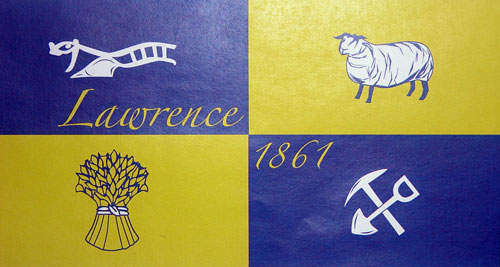Conway, Kevin W., King, Cragen D., Summers, Adam P., Kim, Daemin, Hastings, Philip A., Moore, Glenn I., Iglésias, Samuel P., Erdmann, Mark V., Baldwin, Carole C., Short, Graham, Fujiwara, Kyoji, Trnski, Thomas, Voelker, Gary, and Rüber, Lukas
Gobiesocidae are a moderate-sized family (currently 182 species, 51 genera) of predominantly coastal marine fishes, commonly referred to as clingfishes. Depending on the classification adopted, the species and genera of clingfishes are organized either across ten subfamilies, based on a classification scheme introduced in the 1950s ("traditional" classification, comprising Aspasminae, Cheilobranchinae, Chorisochisminae, Diademichthyinae, Diplocrepinae, Gobiesocinae, Haplocylicinae, Lepadogastrinae, Protogobiesocinae, and Trachelochisminae), or just two subfamilies, in a classification scheme adopted only recently ("reduced" classification, comprising Cheilobranchinae and Gobiesocinae). We investigated the phylogenetic relationships among members of the family Gobiesocidae using both mitochondrial and nuclear DNA sequence data to assess whether the alternative classification schemes (traditional and reduced) are compatible with inferred evolutionary relationships. Phylogenetic hypotheses are derived from maximum-likelihood and Bayesian analyses of a seven-gene concatenated dataset (2 mitochondrial and 5 nuclear markers; 4,857 bp) compiled from individuals representing 82 (of 182) species, 42 (of 51) genera, and 10 (of 10) subfamilies of the Gobiesocidae. Although our investigation provides strong support for the monophyly of the Gobiesocidae, multiple subfamilies of the traditional classification (Aspasminae, Diademichthyinae, Diplocrepinae, Gobiesocinae, and Trachelochisminae), one subfamily of the reduced classification (Gobiesocinae), and multiple genera (Aspasmichthys, Cochleoceps, Lepadogaster, and Lepadichthys) are resolved as non-monophyletic groups. Based on our results and the results of previous studies, we recommend a systematic reassignment of genera between subfamilies, of which we recognize nine: Cheilobranchinae, Chorisochisminae, Diademichthyinae, Diplocrepinae, Haplocylicinae, Gobiesocinae, Lepadogastrinae, Protogobiesocinae, and Trachelochisminae. Membership of the Lepadogastrinae is unchanged from previous usage; the Cheilobranchinae are expanded to contain additional genera from southern Australia, including those placed previously in the Aspasminae (Nettorhamphos and Posidonichthys) and the Diplocrepinae (Barryichthys, Cochleoceps, and Parvicrepis); the Aspasminae are placed in the synonymy of the Diademichthyinae and all genera placed in the former (excluding Modicus and Posidonichthys) are transferred to the latter; the Diplocrepinae are restricted to Diplocrepis; Eckloniaichthys scylliorhiniceps is transferred from the Gobiesocinae to the Chorisochisminae; Gobiesocinae are restricted to the New World members of this group (Acyrtops, Acyrtus, Arcos, Derilissus, Gobiesox, Rimicola, Sicyases, and Tomicodon); the Haplocylicinae are expanded to include additional genera from New Zealand (Gastrocyathus, Gastrocymba, and Gastroscyphus); the Protogobiesocinae are expanded to accommodate three genera of deep water taxa (Gymnoscyphus, Kopua, and Protogobiesox); and the Trachelochisminae are restricted to Dellichthys and Trachelochismus. Four genera (Aspasmogaster, Conidens, Creocele, and Modicus) of uncertain placement are not assigned to any subfamily herein and are considered incertae sedis within the Gobiesocidae. [ABSTRACT FROM AUTHOR]
